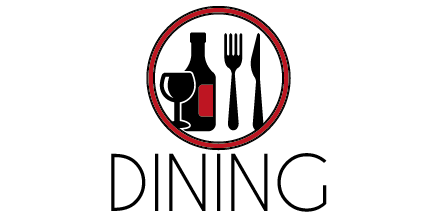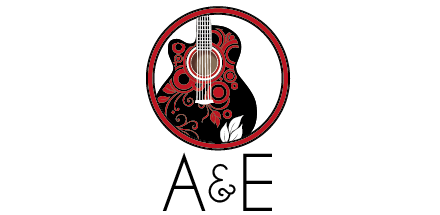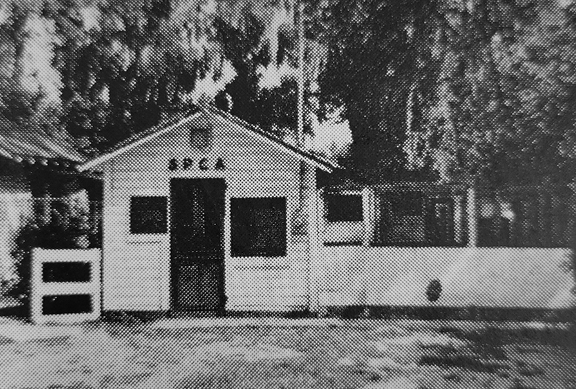Charleston Animal Society Celebrates 150 Years
by Joe Elmore | Charleston Animal Society President and CEO
As South Carolina’s first animal organization and one of the oldest in the nation, Charleston Animal Society will celebrate its 150th anniversary in 2024. As CAS begins its sesquicentennial year, one can’t help but be struck by the intertwined threads that link its history.
During the late 1800s, a cadre of animal protection “societies” were formed in the country’s principal cities. The South Carolina Society for the Prevention of Cruelty to Animals was formed on March 14, 1874, by an Act of the South Carolina Legislature. In later years, it became the John Ancrum SPCA. Then in 2008, it became Charleston Animal Society (CAS).
Originally formed with a focus on working animals, such as livestock, farm animals, and horses, a group of prominent Charlestonians established the organization, following the American Society for the Prevention of Cruelty to Animals (ASPCA) guidelines. Its first president was Nathaniel Russell Middleton. Many people are familiar with the Nathaniel Russell House on Meeting Street, which is considered one of the most historic homes in all of Charleston. Before leading CAS, Middleton was the 5th president of the College of Charleston, even managing to keep it operating during the Civil War.
JOHN ANCRUM’S LEGACY
After Nathaniel Middleton’s term, Dr. John L. Ancrum became the second President of the Animal Society. His impact would propel the organization forward into the next century. He was a Charleston physician who graduated from the College of Charleston’s Medical School. After serving in the Civil War, Ancrum returned to practice in Charleston. At his passing in 1900, Ancrum willed the Animal Society “the rest and residue” of his estate after the deaths of his other living relatives.
The will wound its way through the courts for 40 years. Then, just as World War II began, the estate settled and the organization changed its name to the John Ancrum Society for the Prevention of Cruelty to Animals.
“I still run into people to this day, who refer to us as ‘John Ancrum,’” said Kay Hyman, CAS Senior Director of Community Engagement.
Margaret Waring was the President of the Animal Society during WWII and kept the organization running during difficult times.
WEST ASHLEY HOME THROUGH THE 1960s
In 1948, building began on the first shelter, located downtown at 667 Meeting St., now home to Patrick Veterinary Clinic. However, the Society soon moved west, first on St. Andrews Boulevard and then on Dupont Road in the 1960s. After this era, the Animal Society operated out of a trailer next door to the county’s correctional facility for 24 years. But CAS was forced to move from its Leeds Avenue location when the Sheriff’s Office needed the land to expand the jail. This allowed for the move to its current campus on Remount Road, where it has been located since 2008.
NOT ALWAYS A SHELTER
A common misconception is that CAS was formed to shelter homeless animals. But it wasn’t until 74 years after its founding that it began to shelter animals in response to the cruelty and death perpetrated on them by local governments.
During that time, it was a common practice for local governments to round up stray dogs and kill them en masse by drowning or other inhumane means. From New York City to Charleston, countless dogs met their final demise in the Hudson or Ashley and Cooper Rivers. However, as the government-designated animal shelter in Charleston County, CAS worked for decades to lower euthanasia rates and push for more humane methods. In 1910, the Society was “authorized to purchase a gas tank” as an alternative to drowning.
TRANSFORMING ANIMAL CARE IN THE 21ST CENTURY
Planning for entry into the 21st century, the organization’s leaders initiated public spay/neuter efforts along with teaching compassion to children. Both initiatives accelerated in growth in the early 2000s.
With the move to its current location at 2455 Remount Road in North Charleston, CAS was still not adequate in size for Charleston’s ever-growing community. In fact, upon opening the current facility on Remount Road, it was overcrowded on day one.
However, as one of a dozen selected communities in a nationwide project called Mission Orange by the ASPCA, the Animal Society worked in partnership with the ASPCA over a five-year period to significantly increase Charleston County’s live release rate through leading practices and data-driven strategies and tactics.
In 2013, CAS took in well over 90 percent of the animals throughout Charleston County and despite overwhelming odds, it built the first “No Kill Community” in the Southeast, saving all of the healthy and treatable animals in its care. This was a milestone for the southern United States as most animal welfare industry professionals thought it wasn’t possible in this region for at least another decade or so.
With this remarkable achievement, and other unprecedented accomplishments, CAS became an international model for lifesaving success and has brought worldwide attention of companion animal advocates to the area.
CAS has not stopped its momentum as a national leader in improving the plight of animals. Just last year, it set a Guinness World Record for pet vaccines, organized the nation’s largest annual statewide adoption event for dogs and cats for 6 years in a row, won a North American competition of nonprofits with Land Rover, and sustained Charleston County as a No Kill Community for the 11th straight year.
This year is not only a historic year in animal welfare with the Animal Society’s 150th Anniversary but also the milestone year for the organization’s premier project, No Kill South Carolina, an initiative to achieve the first No Kill state across the southern United States, from the Atlantic to Pacific Oceans, along with America’s Heartland.
CAROLINA TAILS COMMEMORATIVE ISSUE COMING IN JUNE
CAS will be celebrating its rich history throughout the year at its multiple events beginning this month and continuing through December. Keep your eyes peeled for a special commemorative edition of the Animal Society’s Carolina Tails magazine in June.
The remarkable history of CAS, anchored in leadership, tradition, and excellence, is only possible through its membership and community support. More than 60 percent of its funding is through contributions. Its membership is comprised of more than 20,000 individuals who give a gift of their time, their home, or their income. Without any of the three, like the proverbial three-legged milk stool, it would all collapse.
Charleston Animal Society is located at 2455 Remount Road. For more information, call 843) 747-4849 or visit www.charlestonanimalsociety.org.














